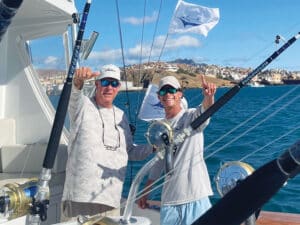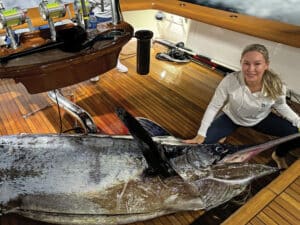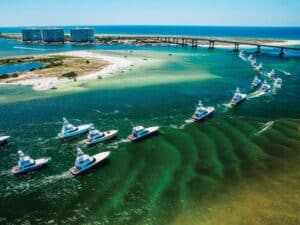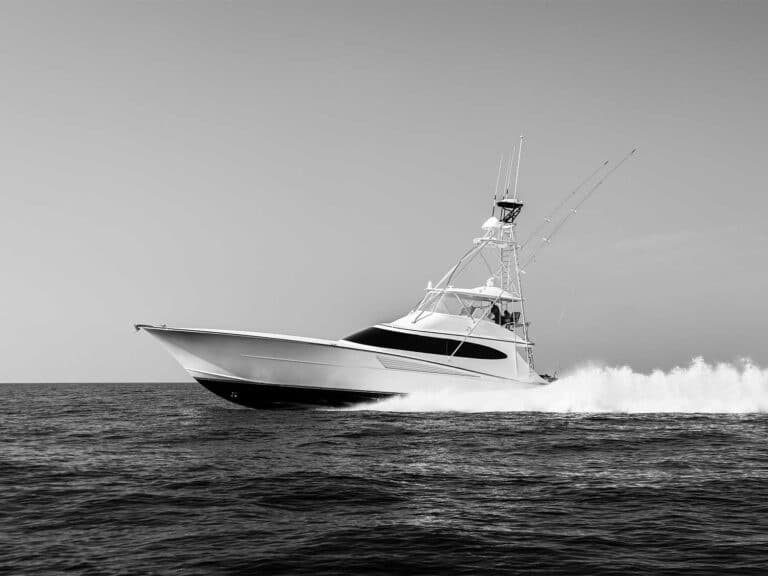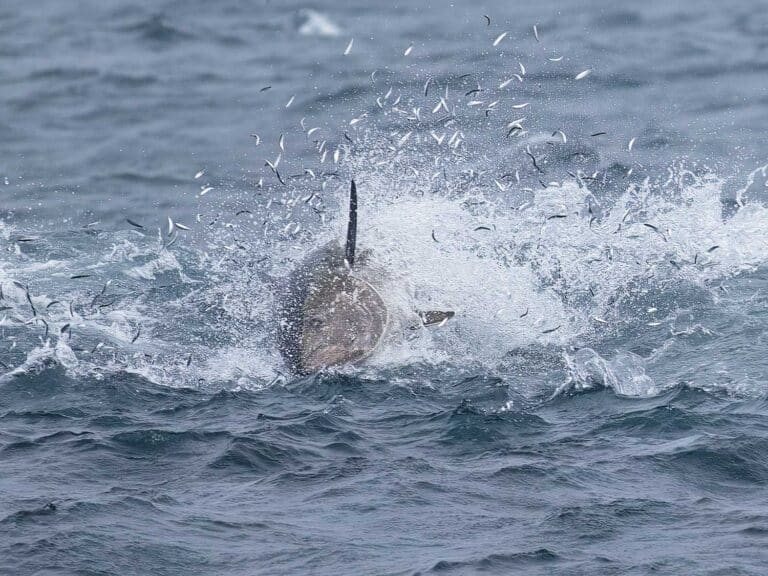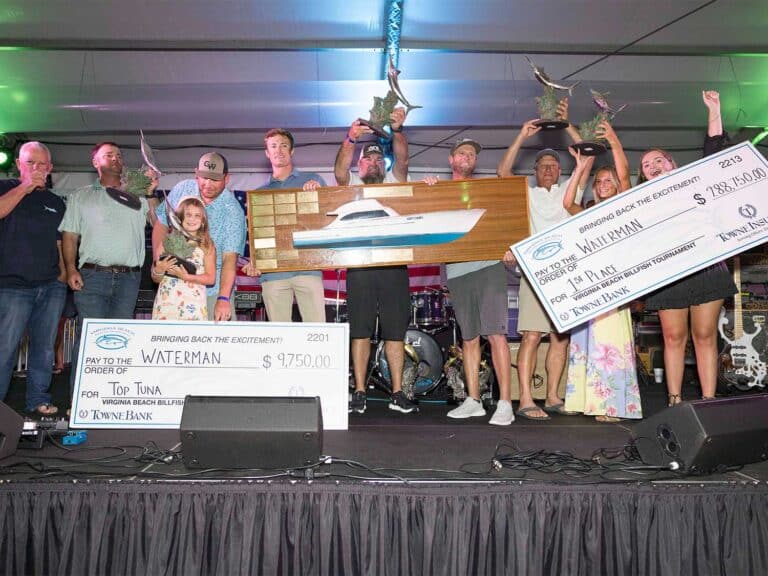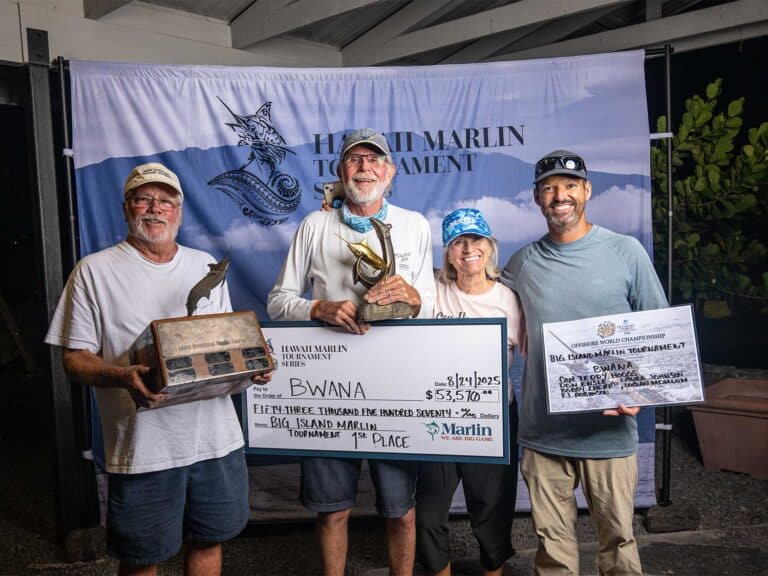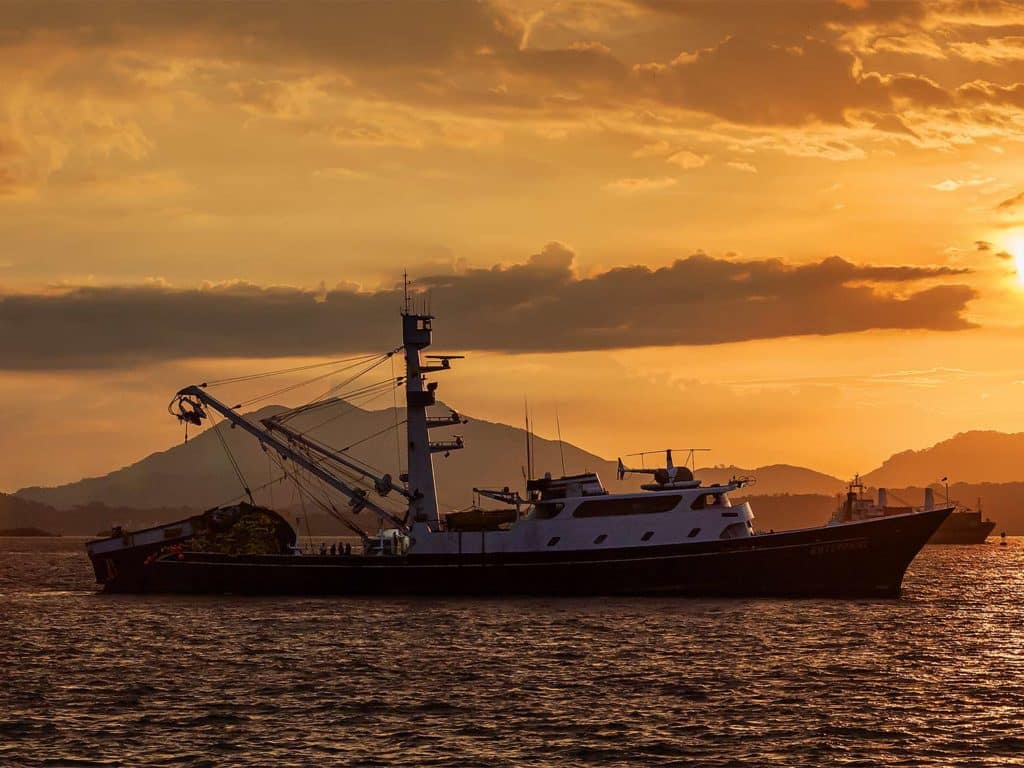
The natural smile Mother Nature has placed on dolphins’ faces, combined with their high level of intelligence, are two reasons why virtually everyone loves them. That sentiment is certainly widespread in Costa Rica, a country with two sets of rules pertaining to dolphins. One is compatible with its internationally well-known protection of its natural resources and applies to residents and visiting tourists; the other is the polar opposite of its approach to ecotourism and benefits only the foreign tuna purse-seine fleet.
The Laws Vary
According to national law, tour operators must have current documents on board, including boat inspection, insurance and permits for observing marine mammals. These documents are issued by various government agencies depending on the zone’s classification where they operate. Captains and guides must complete a series of courses to receive a permit issued by the Department of Transportation to operate or work on a boat, as well as a course on the regulations and good practices for approaching marine mammals, and a separate permit is issued by the port captain every time a boat goes out on a tour.
All tourists observing dolphins must also have individual permits, again issued by various agencies depending on the area. If the animals make evasive moves while they are approached, that group must be abandoned; it is illegal to swim or dive with dolphins, and they cannot be touched or trapped. Boats can proceed at only 7 miles per hour, or the speed of the slowest dolphin in the group; the boat’s course must be parallel to the dolphin pod. It is also illegal to observe dolphins by air unless you are a member of a professional film crew. Authorized crews are issued special permits, and aerial contact is limited to 30 minutes or less.
Watch: The Viking 37 Billfish is certainly a stunner.
Management Hypocrisy
The hypocrisy of Costa Rica’s dolphin management becomes apparent in context of a legal disclaimer, and the law outlining dolphin interaction includes the following statement: “Any situation concerning the fishing of tuna involving dolphins shall be governed in accordance with the Convention of the Inter-American Tropical Tuna Commission and the Convention of the International Dolphin Conservation Program Agreement, of which Costa Rica is a signatory.”
However, the same rules that apply to tourism interaction do not convey to commercial-fishing operations. Large purse-seine boats under foreign flags are issued licenses to fish within Costa Rican territorial waters, but Costa Rica does not have any registered tuna purse seiners of its own. Yellowfin tuna and dolphin have a symbiotic relationship, so the presence of dolphin also tips off the location of tuna schools.
When tuna fishing, helicopters launch from the purse seiner and hunt for large pods of dolphins, relaying their location to the boat. There have been reports that the aircraft will sometimes drop explosive devices into the water near the pods to force them to move in the boat’s direction, and the tuna follow. As the fish and mammals approach, the purse seiner begins setting the net. Small speedboats race around the pod to herd the dolphins and tuna inside, and the net is drawn tighter and tighter.
According to the International Marine Mammal Project, boats using purse-seine nets account for the largest mortality of dolphins in the world by deliberately targeting, chasing and netting spinner, spotted and common dolphin pods in the eastern tropical Pacific tuna fishery using this practice. More than 7 million dolphins have been killed in purse seines, and during the late 1980s, the annual dolphin kill was estimated at 80,000 to 100,000 animals.
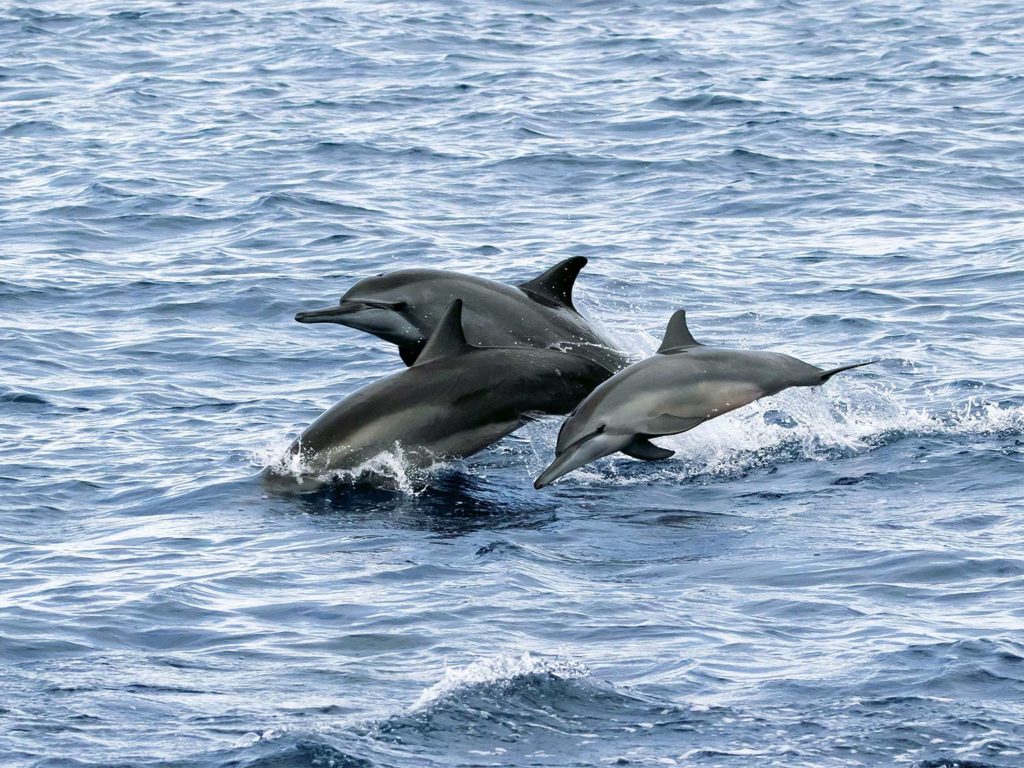
Dolphin-Safe Tuna
In 1990, an agreement was reached with the largest tuna companies in the world to end the practice of targeting dolphins, establishing the “dolphin-safe” certification—a label that means no dolphins were deliberately chased and netted, or killed or injured (deliberately or accidentally) during the entire fishing trip in which tuna were captured. Official estimates report some 2,000 dolphins are still killed annually in the tuna fishery today in the ETP, largely by fleets from Mexico, Colombia and Venezuela that persist in targeting and netting dolphins. Scientists believe these numbers are actually undercounted due to a variety of circumstances.
In 2014, the Tuna Decree was signed in Costa Rica with the intent to protect four areas—totaling 200,000 square kilometers—from purse-seine activity. The protected areas included around Cocos Island—an important breeding zone—and within 40 miles of the Costa Rican coastline. Under the decree, only Costa Rican fleets are allowed to fish in these protected zones using methods other than purse seining, and dolphin- and whale-watching operations have reported an increase in mother-calf pairs within the pods.
Proposed legislation before the Costa Rican Congress has brought this issue to the forefront yet again. The proposal would add more restrictions on the foreign purse-seine fleet, causing pushback. One aspect would require the purse seiners to move farther offshore, from 40 to 60 miles. Opponents claim there is no scientific evidence to justify the move, and approval would limit the tuna catch for the commercial cannery in Puntarenas, a cannery that is currently limited to just over 9,000 metric tons of tuna each year and has had no problem reaching that goal in the past.
Read Next: Learn more about the Billfish Foundation’s fight for a sound fishery.
This legislation would also allow tuna purse seiners to register as Costa Rican vessels, a move that is equally controversial. Some argue this move is nothing more than displaying a Costa Rican flag on the vessel and would result in a few entrepreneurs making huge profits while the artisanal fishermen suffer. Passage of legislation would also likely lead to lawsuits because the newly Costa Rican-flagged vessels would push to move into zones that are currently protected.
Since the COVID-19 pandemic, all Costa Rican fishing sectors are in dire straits. Moving the purse-seine boats out to 60 miles will only help the domestic fleet—and protect the dolphins—while not significantly impacting the tuna production. What will happen is yet to be seen.
With a few key improvements to the proposed legislation, Costa Rica can end the tuna-management hypocrisy and demonstrate why balanced conservation practices are good for all user groups, and the nation.
